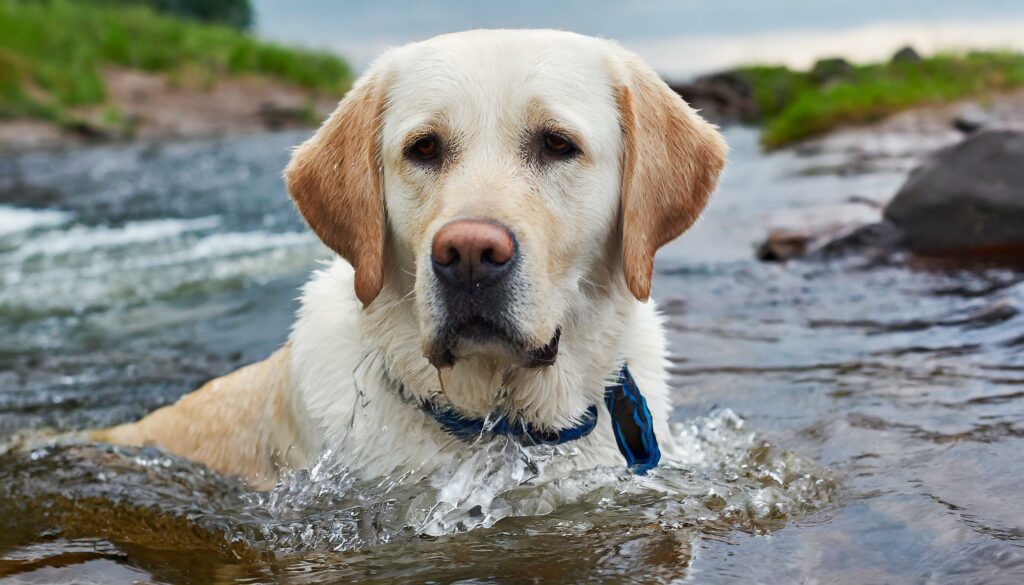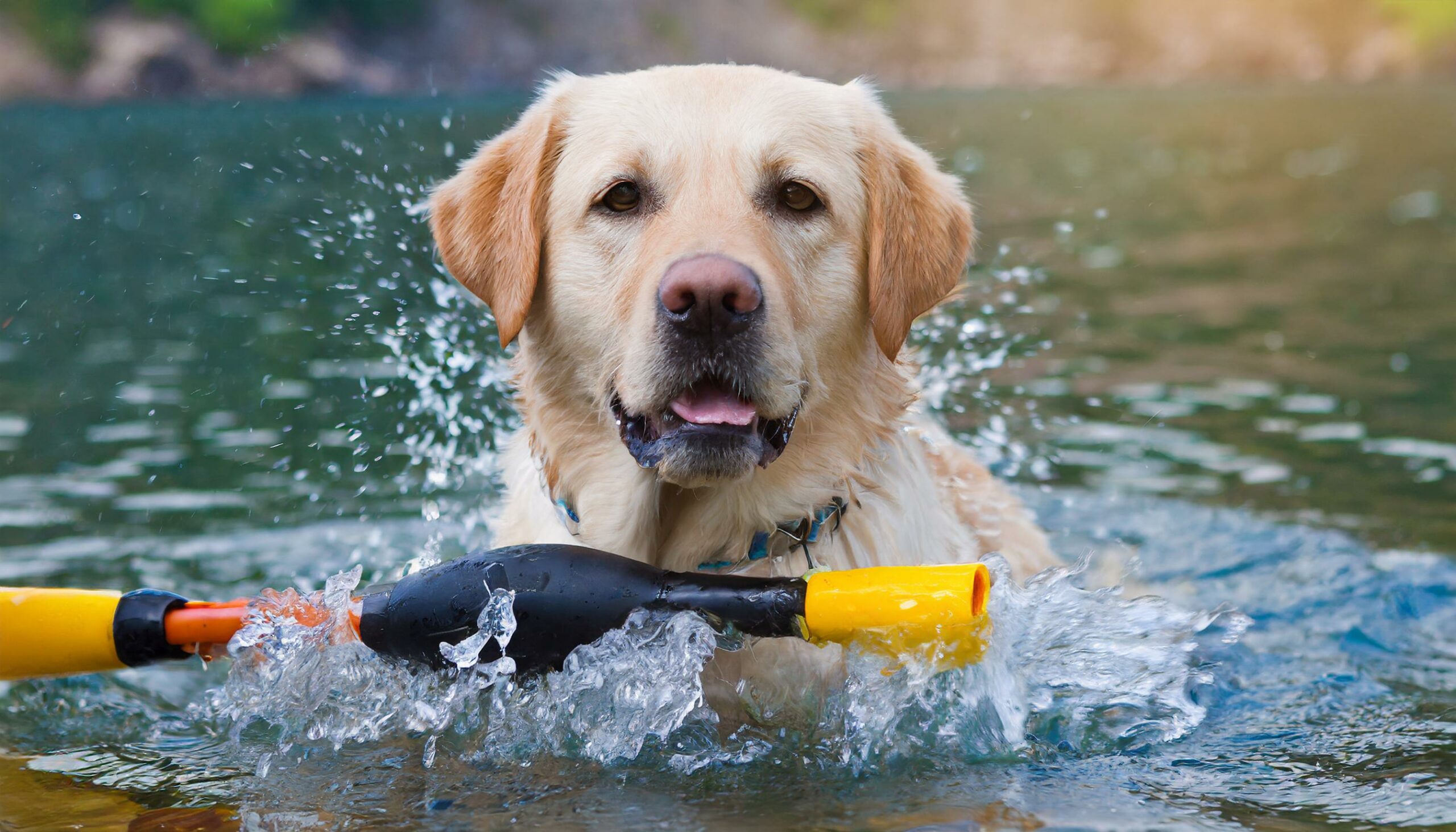Labrador Retrievers, affectionately known as Labs, are one of the most popular dog breeds globally, cherished for their loyalty, intelligence, and notably, their affinity for water. This inherent attraction to aquatic environments often leads pet owners and enthusiasts to wonder about the extent of their water resistance. Are Labs truly waterproof? This article delves into the unique physical characteristics of Labrador Retrievers, their historical roles that involved water, and the specific traits that enhance their interaction with water.
The Labrador Coat
Type of Coat
The Labrador Retriever is equipped with a distinctive double coat that plays a crucial role in their interaction with water. This double layer consists of a softer, dense undercoat that serves as insulation and a coarser, longer outer coat that helps repel water. This combination is essential for the breed, originally bred to retrieve game and assist fishermen in the cold, damp climates of Newfoundland, Canada.
Coat’s Water Resistance
While no dog breed is completely waterproof, the Labrador’s coat offers a significant level of water resistance. The outer coat’s coarse hairs are somewhat oily, which repels water and prevents the skin from getting wet under normal circumstances. This oil also helps dirt and debris slide off, which is beneficial when the dog shakes itself dry after emerging from water.
Labs in Water

Swimming Abilities
Labradors are born swimmers. Their anatomical structure, including webbed feet and a strong, otter-like tail, naturally equips them for efficient swimming. These physical traits, combined with their buoyant, well-insulated coat, allow them to perform well in water. Historically, these abilities were harnessed by fishermen who used Labs to retrieve fishing nets and lost equipment from the chilly North Atlantic waters.
Behavioral Traits with Water
Labs exhibit a natural proclivity for water. They are often seen joyfully splashing in puddles, swimming in ponds, or even lying down in shallow streams. This behavioral trait is not just a preference but an instinct that has been bred into them over generations. Such enthusiasm can be seen in their bold, energetic approach to water-based activities, whether it’s retrieving a ball thrown into a lake or simply cooling off on a hot day.
Scientific Perspective
Studies on Labrador Retrievers and their interaction with water are sparse but insightful. Research into canine coat types and their functionalities suggests that the Lab’s coat is optimized for short, intense periods of water exposure typical of retrieving activities. It’s designed to keep them warm and buoyant but not necessarily dry over prolonged periods. Continuous, extended exposure to water can saturate the coat, leading to increased weight and reduced insulation properties.
Care and Maintenance

Grooming for Water Resistance
Maintaining a Lab’s coat is vital for preserving its water-resistant qualities. Regular grooming, which includes brushing to remove tangles and spread the coat’s natural oils, is essential. These oils are crucial for maintaining the coat’s dirt and water repelling properties. Bathing should be done sparingly with dog-specific shampoos that do not strip the coat of its natural oils.
Health Considerations
While Labs are robust dogs, their frequent exposure to water can lead to specific health concerns. Ear infections are common due to water trapping in the ear canal, which creates a moist environment conducive to bacterial growth. Owners should ensure that their Lab’s ears are dried thoroughly after any water activity. Additionally, regular vet check-ups can help prevent and treat any water-related health issues promptly.
Conclusion
Labrador Retrievers are not waterproof in the literal sense, but their coat provides an impressive degree of water resistance that supports their swimming capabilities and love for water. Understanding and maintaining the health of their unique coat can help these cherished pets enjoy water safely and happily. With proper care, Labs can continue to be the joyful, energetic water lovers that have captured the hearts of millions around the world.
FAQs
- How often should a Labrador be groomed to maintain its coat’s health?
Regular grooming is recommended at least once a week to maintain the coat’s condition and monthly baths with a mild shampoo to keep it clean without stripping essential oils. - Can Labrador Retrievers swim in cold water?
Yes, their double coat provides insulation, allowing them to swim in colder waters, but it’s important to monitor their time in cold water to prevent hypothermia. - What are the signs of ear infections in Labs?
Signs include scratching at the ear, redness inside the ear, a bad smell, or discharge. Regular cleaning and drying of ears after swimming can help prevent infections. - Are Labs suitable for all types of water activities?
Labs are versatile and can participate in various water-related activities like dock jumping, water rescue, and recreational swimming. However, each dog’s abilities and preferences can vary. - What should I do if my Lab is reluctant to get into the water?
Gradual exposure and positive reinforcement are key. Start with shallow, calm waters and encourage your Lab with toys or treats to make the experience enjoyable.
